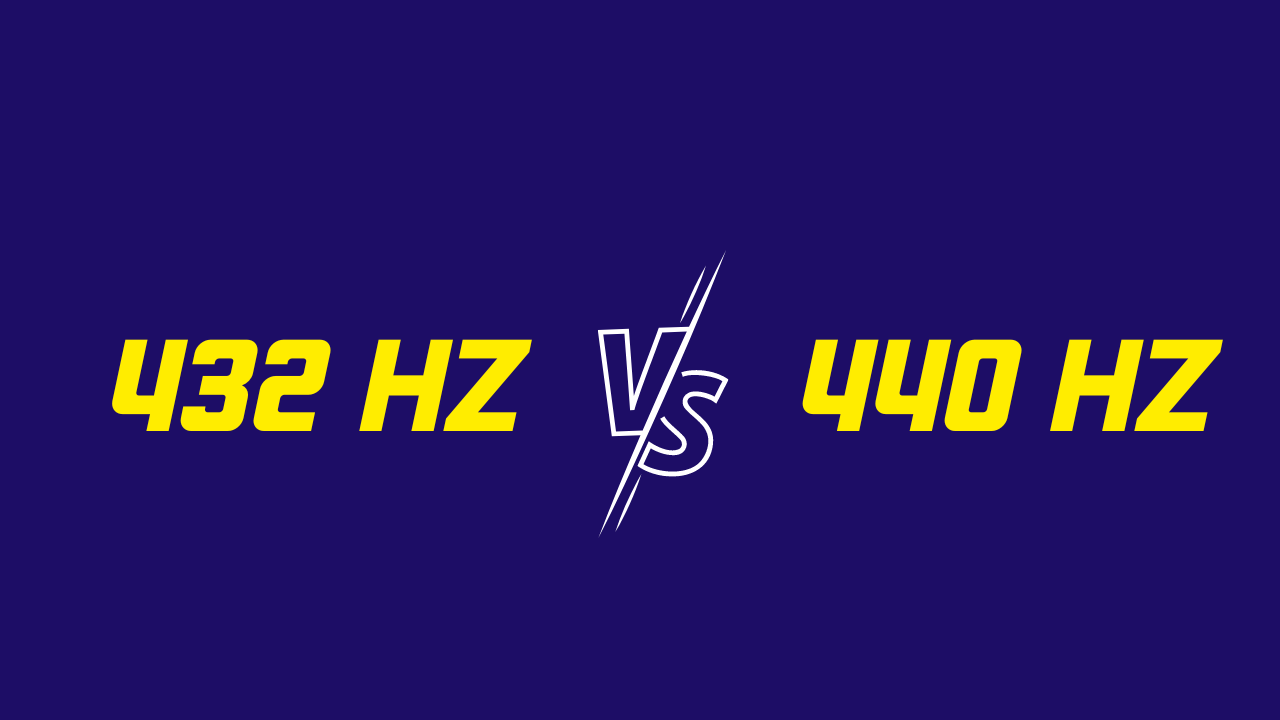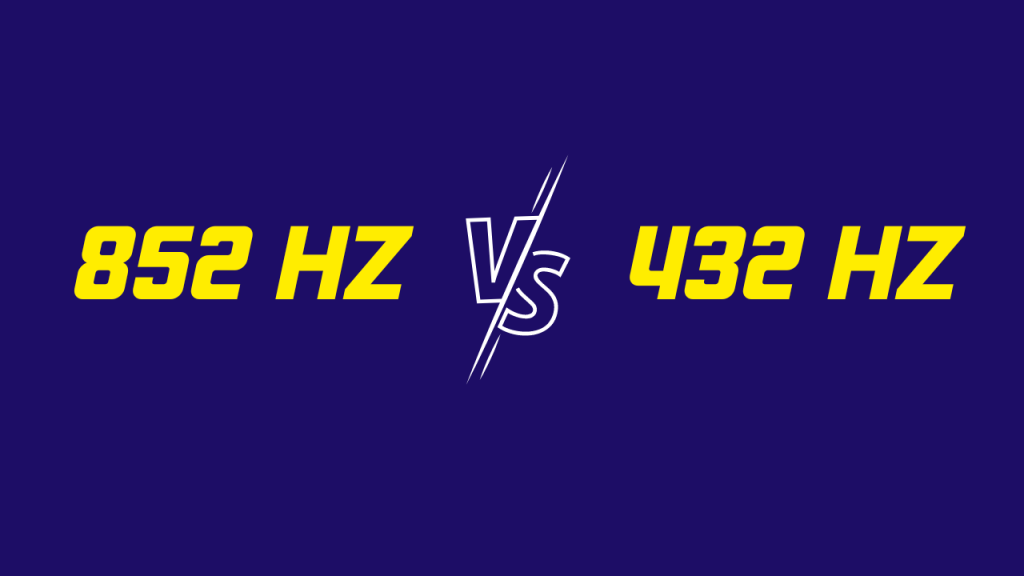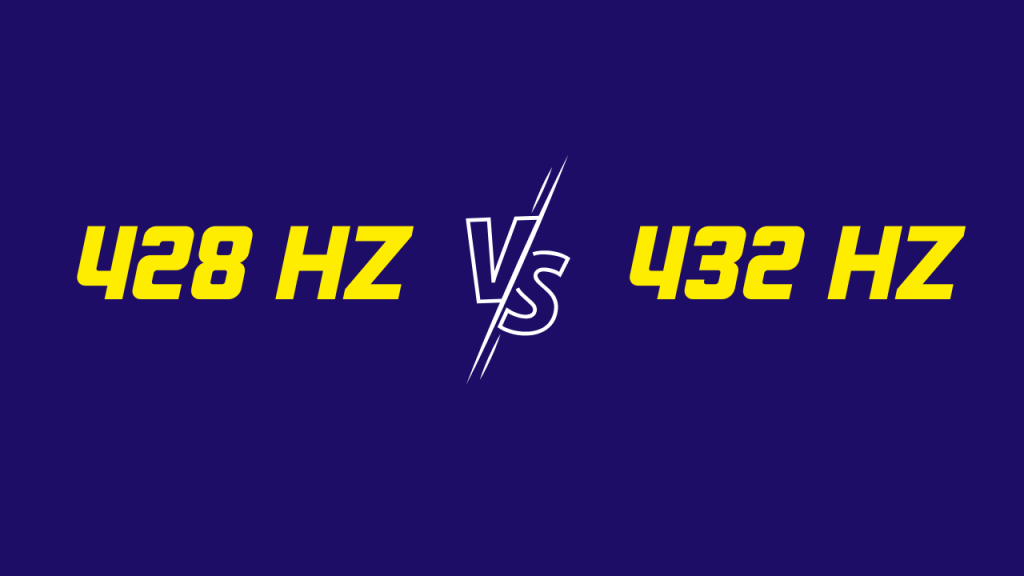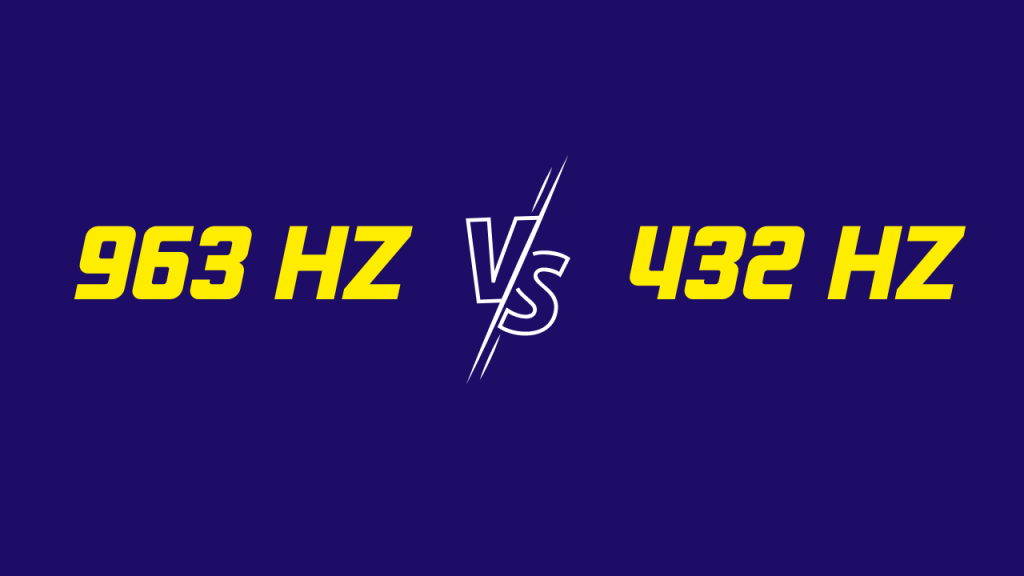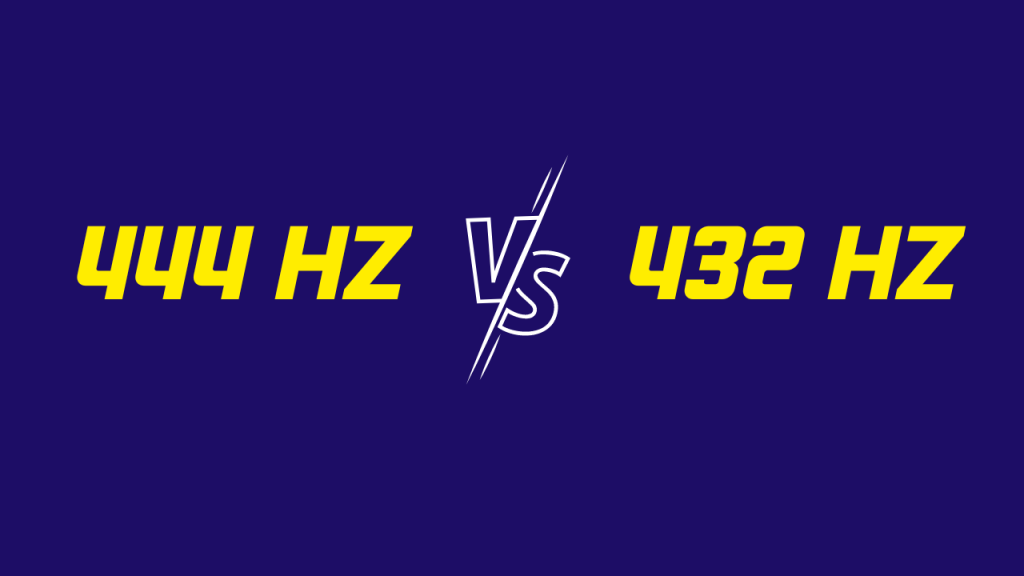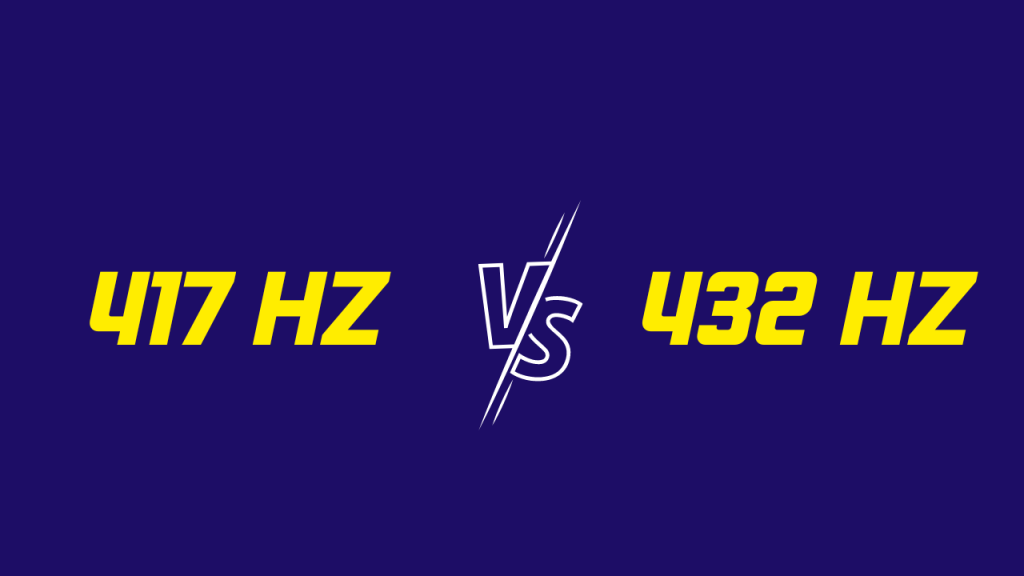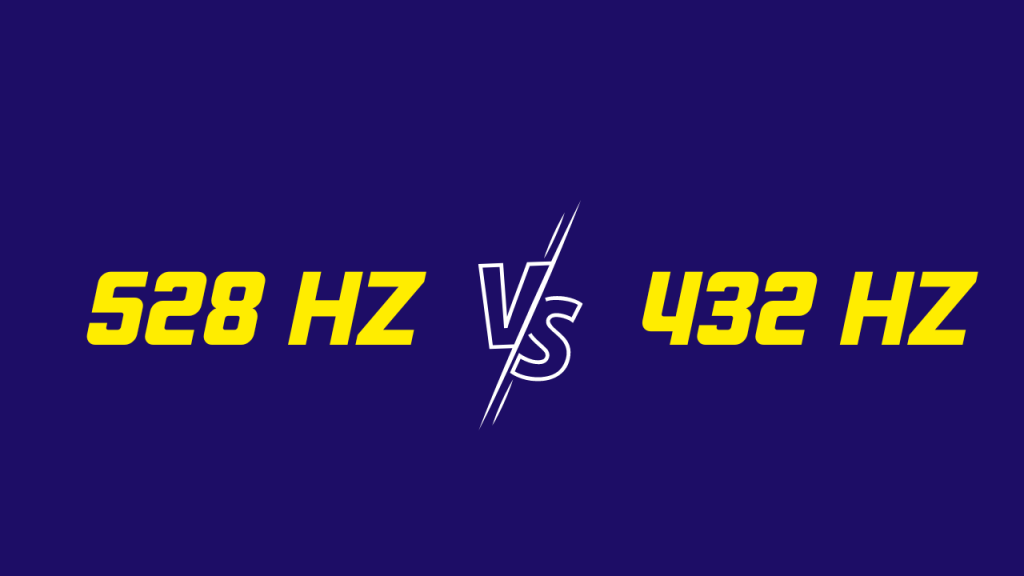Hello, fellow music lovers! Today, I want to delve into a fascinating topic that has captured the attention of many in the music community: the battle of 432 Hz vs 440 Hz tuning frequencies. As an avid music enthusiast myself, I’ve been intrigued by the claims surrounding these two frequencies and their impact on our well-being. Join me as we unravel the controversy and discover the essence of these sound waves.
Understanding Hz and Tuning Frequencies: 🎵
To begin, let’s clarify what these frequencies and tuning systems are all about. Hertz (Hz) is the unit of measurement used to quantify sound frequency. In the realm of music, different tuning frequencies are employed to establish the pitch standard for instruments, ensuring they harmonize together.
528 Hz: The Frequency of Healing? 💫
528 Hz, also known as the “Love Frequency,” has gained significant attention for its alleged healing properties. Proponents of this frequency claim that it can stimulate positive emotions, promote harmony, and even facilitate healing at a cellular level. Some enthusiasts believe that listening to music tuned to 528 Hz can enhance spiritual experiences and contribute to overall well-being. However, it’s important to note that scientific evidence supporting these claims is limited and inconclusive.
432 Hz: The Frequency of Nature? 🌿
On the other side of the debate, we have 432 Hz, often referred to as the “Natural Tuning” or “Verdi’s A.” Advocates of 432 Hz argue that this frequency resonates more closely with the natural world, offering a soothing and balanced sound experience. It is believed to align with the vibrational frequencies found in nature and create a harmonious connection between music and the environment. While some musicians prefer the warmth and depth of sound at 432 Hz, it’s worth noting that there is a lack of empirical evidence to substantiate the claims surrounding its inherent benefits.
The Ongoing Debate: 🔀
The battle between 528 Hz and 432 Hz continues to be a matter of personal preference and interpretation. While proponents of 528 Hz highlight its potential for emotional healing and spiritual awakening, supporters of 432 Hz argue for its resonance with nature and sense of tranquility. It’s important to remember that music appreciation is subjective, and different tuning frequencies can evoke distinct emotional responses in individuals.
Conclusion: 🎶
As we conclude our exploration of the 528 Hz vs. 432 Hz debate, it becomes clear that both frequencies have captured the fascination of music enthusiasts across the globe. While claims about their healing properties and alignment with nature are intriguing, it’s essential to approach these arguments with an open mind and a critical perspective. Ultimately, the choice of tuning frequency depends on personal preference, and what truly matters is the joy and emotion that music brings to our lives.
Remember, whether you find solace in the soothing tones of 432 Hz or experience a spiritual awakening with the frequencies of 528 Hz, music remains a powerful force that transcends numbers and resonates with our souls. So let the melodies guide you on your musical journey, and let the music speak to your heart!

